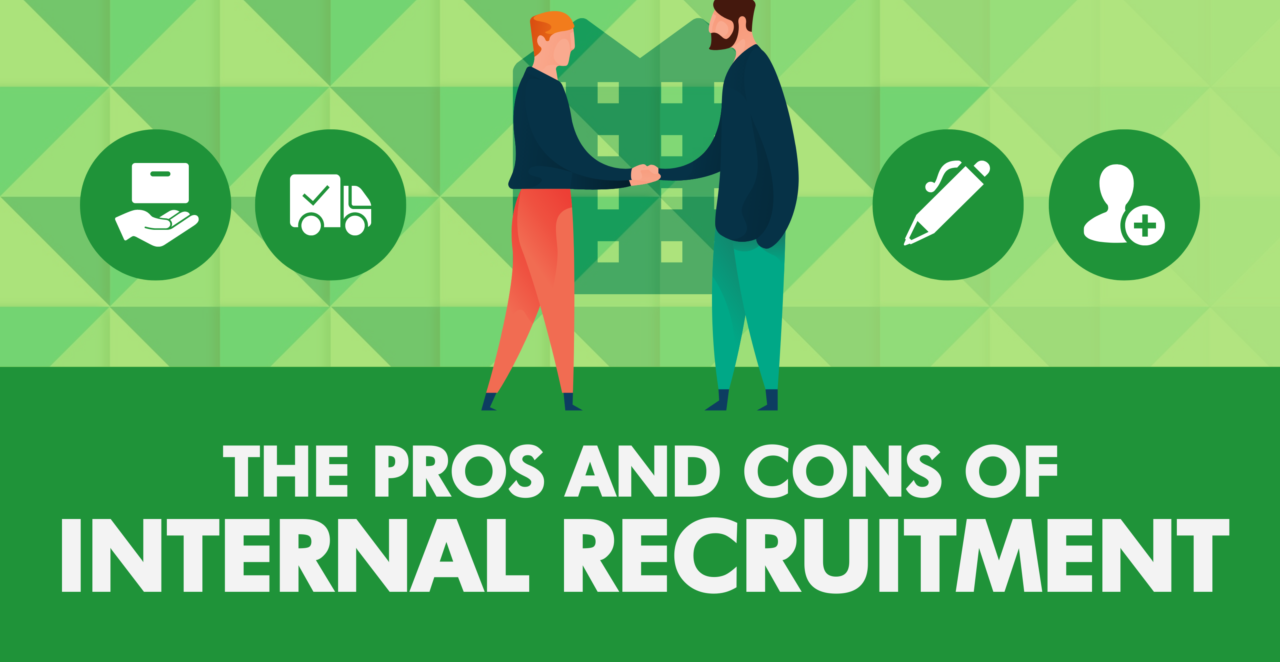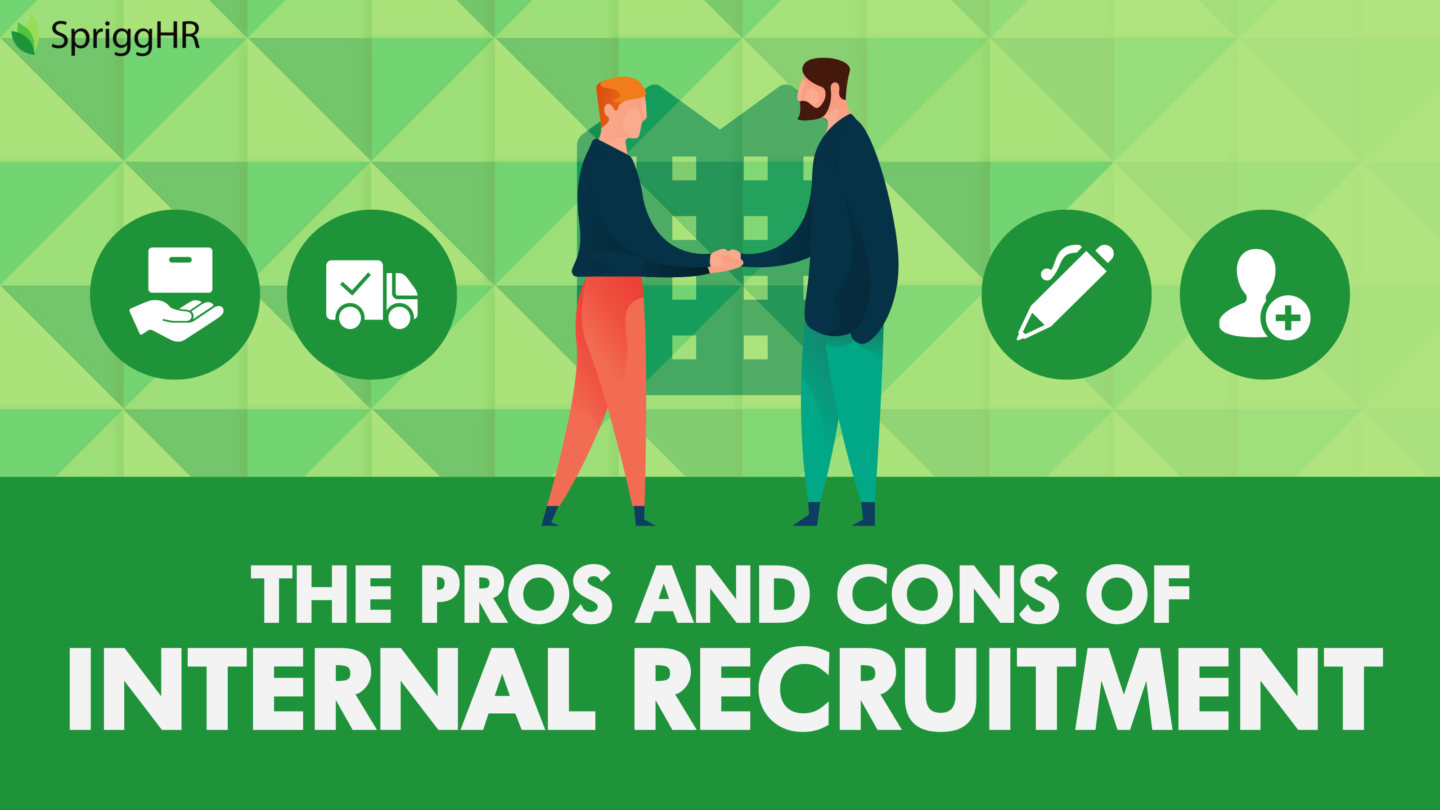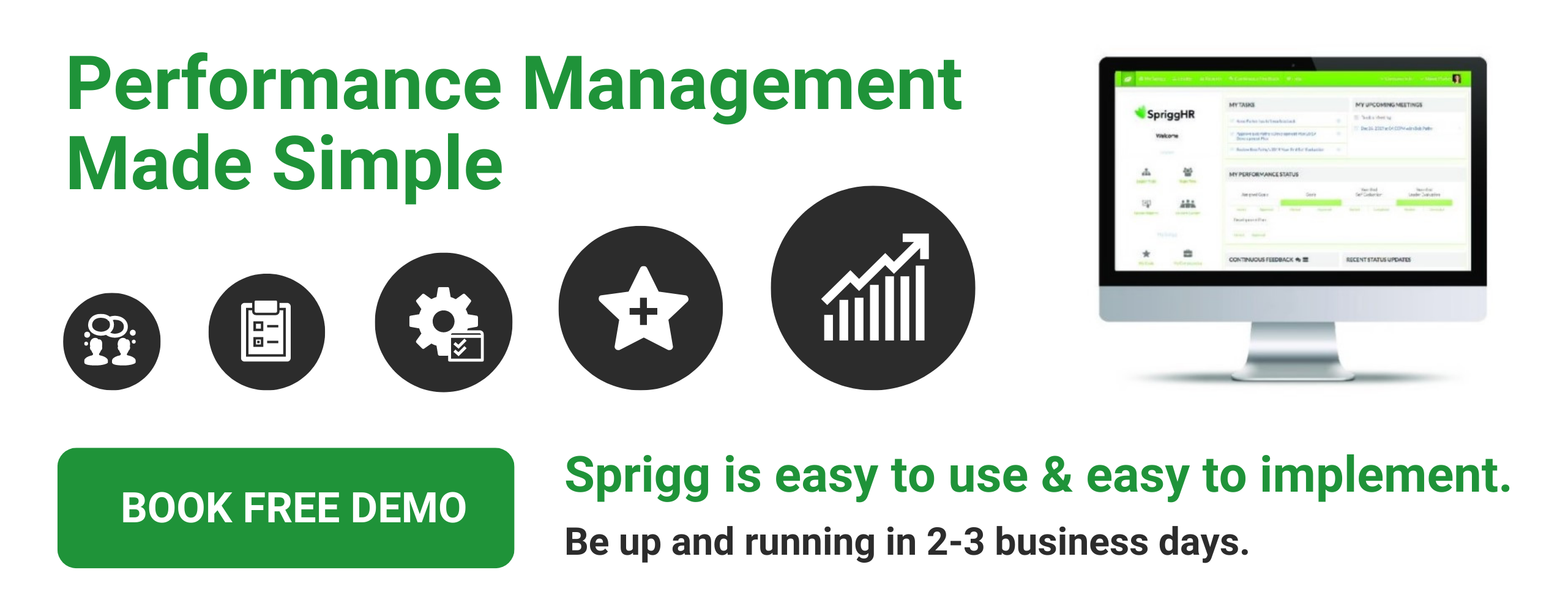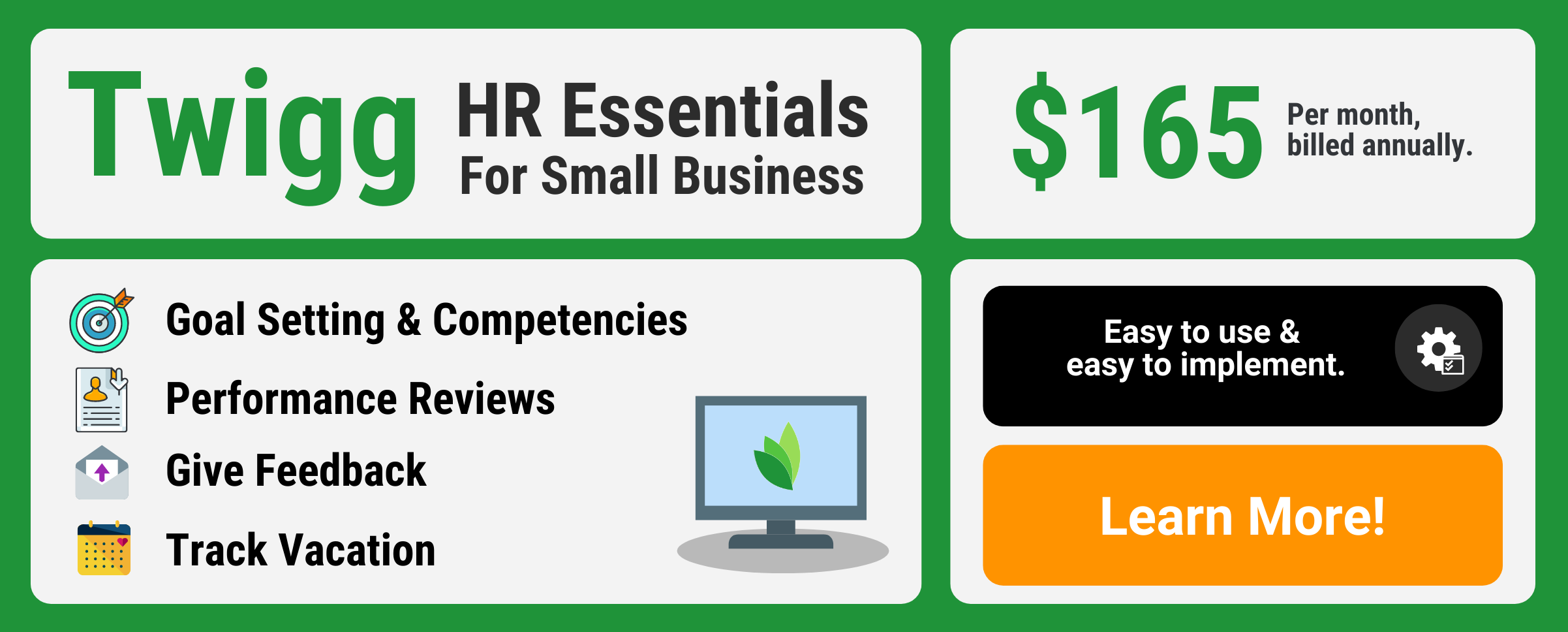
The Pros and Cons of Internal Recruitment
When it comes to hiring new employees, one of the most significant investments in selecting an external hire is their lack of familiarity with the team, culture, and policies of the organization. This is largely why so many organizations tend to rely on internal recruitment. However, despite the benefits of hiring from the inside, relying too much on promotions and lateral career movement can also have some negative impact.
What is Internal Recruitment?
Internal recruitment is the process of identifying and attracting candidates to open positions within the same organization. Rather than pursuing to fill the position externally, the Human Resources department of a company may choose to advertise a job vacancy internally, allowing only existing staff members to apply. Occasionally, organizations may see their internal recruitment efforts fail, in which case they will begin advertising the vacancy externally as well.
Organizations today use internal recruitment to fill the roles that are best suited to having an insider’s knowledge of the company and its culture, goals, and views. It also helps to encourage loyalty and a sense of career succession for employees. Many businesses view it as a more efficient way to fill vacancies, since it tends to save more time, money, and resources compared to the process of recruiting externally.
Types of Internal Recruitment
- Promotions: this is the most widely used form of internal recruitment, and the most sought-after by employees.
- Transfers: this usually entails moving to the same job at a different location, or to a similar level job in a different department of the same company.
- Temporary to Permanent: this involves changing the employee agreement from a temporary position holder (or intern) to a full-fledged employee.
- Employee Referrals: this type of internal recruitment is often overlooked, despite being one of the most cost-effective ways to get qualified candidates in front of hiring managers. A system that encourages the employee referral process helps to ensure a more constant, steady stream of employee-referred qualified candidates.
The Pros and Cons of Internal Recruitment
The Advantages
1. Reduces Hiring Time
External recruitment almost always entails the enlistment of recruitment agencies to find potential candidates through sourcing or job posting, evaluating the list of candidates, and then persuading them to join the company. These efforts can translate into a very time-consuming process.
However, when engaging with internal recruits, that process of locating and engaging candidates is reduced significantly. Even the process of evaluating internal candidates tends to take less time, since most internal hires are already pre-screened for culture fit, have easily accessible performance records, and may not require intensive interviews with managers. When time spent on all these stages are reduced, it makes internal recruitment a much more time-effective process of hiring.
2. Reduces Onboarding Time
In a similar context, opting for external hires means a much larger investment of time dedicated to introducing them to the organization’s culture and values in addition to their new role and responsibilities. Internal hires, however, likely already have some level of understanding in these areas.
When an existing employee fills a vacancy, they already have knowledge of how the company operates, and the policies and practices it abides by. They also may be familiar with people in their new team or may have had exposure to of the new role if they move within the same team or into a similar one.
3. Lower Cost to Management
The process of external recruitment is a significant investment from internal recruitment. When you hire from within, you don’t need to invest in advertisements on job boards, or subscriptions to resume databases, or fees for obtaining background checks.
Informing internal candidates about job openings can be done seamlessly, and at low to no cost, through company email or the company’s internal newsletter. For smaller businesses that are looking for location-specific hires, placing a printed job ad on the office intranet or Slack channel is also an option. Similarly, sourcing candidates on resume databases is not necessary, since hiring managers can simply ask their supervisors or investigate the HRIS to find potential candidates.
4. Encourages Employee Engagement and Morale
When employees are given the ability to move upwards in their careers and are shown that management has a dedication to promoting their existing employees, it conveys the message that their work is valued. Providing more opportunities for career advancement, or even allowing lateral movement to different same-level positions that may interest employees, can build stronger morale. Even if they are not promoted to a higher-level job, employees who change roles develop professionally, and their peers recognize that they too may have similar opportunities in the future.
The Disadvantages
1. Creates a Culture of Resentment
While some may view their peers’ promotions as evidence that the opportunity exists for them too, internal recruitment can potentially create resentment amongst employees. Those who were considered for a role may feel indignant if a colleague is hired instead of them. On the other hand, internal recruitment can also cause managers to begin to harbour competitiveness or resentment. Oftentimes, managers are reluctant to, or uncomfortable with, losing their good team members, and may go so far as to hinder the transfer or promotion process to keep their top performers.
2. Leaves Gaps in the Workforce
Promoting someone, or transferring someone, to fill an open slot ultimately leaves their previous spot vacant. This entails a series of moves, promotions, and transfers, that has the risk to cause major disruptions to business operations. In some cases, external recruitment may become necessary to fill the gap.
3. Limits the Pool of Applicants
Any company is bound to have a pool of qualified applicants for specific positions, and though the lower risk of an individual already familiar with the company may seem tempting, those qualifications may not be necessarily applicable for every open role. For example, if a newly created position opens, existing employees may not have the skill sets required. It really depends upon your hiring philosophies in these instances. There is a sentiment that organizational ‘fit’ is a key hiring decision and that skills can be taught.
Relying solely on internal hiring runs the risk of missing the chance to hire new people, with new skills and ideas that are more applicable to the role and have more potential to bring in success for the business.
4. Promotes an Inflexible Work Culture
Getting comfortable with only hiring from the inside puts a business in a position where stagnancy can become the norm. Employees run the risk of becoming complacent and with no new perspectives, skill sets, or ways of thinking are brought into the workplace, it can be challenging to spot inefficiencies or experiment with new and better ways of working. While familiarity with the existing culture may be viable, so too is the potential that an outsider’s perspective can have on the advancement of the business.
An inflexible culture also becomes problematic in how effective leadership initiatives are, especially for those leaders whose roles are to advocate for change and improvements instead of relying on established, inefficient practices. External recruitment is one of the best ways to shake up a company culture, offering a fresh perspective on existing problems.
Build a Recruitment Process that Makes Sense for Your Company
Especially in today’s age, when external hires are becoming less and less sought after as businesses around the globe are struggling to stay afloat, it is important to keep in mind that recruiting is never an easy job. Many companies are relying a lot on internal hires because of the inherent trust and familiarity that comes from an existing employee moving up in the same company. But organizational growth depends on more than what or who is familiar.
It is worth investing time and resources to create a recruitment process that suits all your business needs, not just the immediate ones. Whether that is entirely internal, entirely external, or a combination of both, the goal of recruitment is to enlist individuals who will help your company grow.






